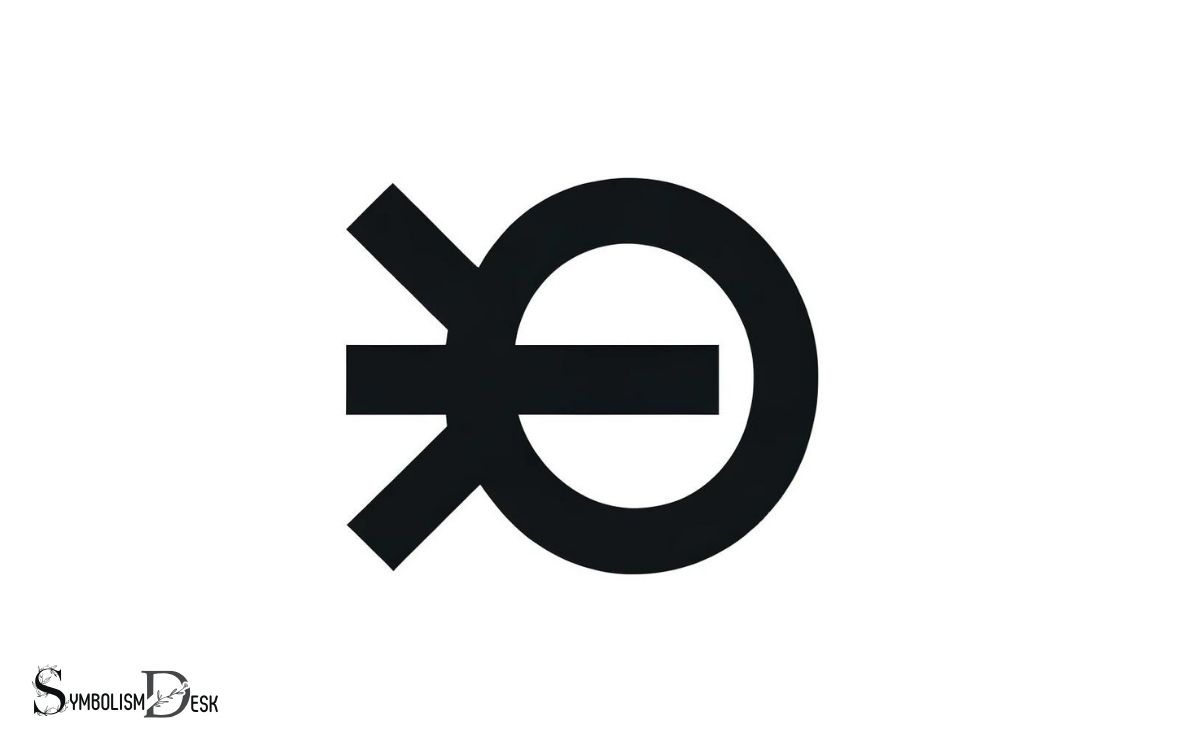No More Than Symbol Math: Functions!
The ‘no more than’ symbol in math, represented by ≤, is crucial for indicating that a value is either less than or equal to another value.
It’s widely used in algebra and calculus to denote non-strict inequalities, which are integral to understanding limits, functions, and real-world problem-solving.
The symbol ≤ stands for ‘less than or equal to’ in mathematics. It is used to compare two values, expressing that the value on the left side of the symbol is either smaller than or exactly equal to the value on the right.
Here’s a brief outline:
Mastering the ≤ symbol is pivotal for accurately solving and graphing mathematical inequalities.

Key Takeaway
Understanding the ‘Less Than or Equal To’ Symbol in Math
| Symbol | Name | Meaning | Example Use in an Inequality |
|---|---|---|---|
| ≤ | Less than or equal | Value on left ≤ value on right | x ≤ 4 signifies x can be 4 or any number less |
| ≥ | Greater than or equal | Value on left ≥ value on right | y ≥ -2 indicates y is -2 or higher |
| < | Less than | Value on left < value on right | z < 10 means z is any number less than 10 |
| > | Greater than | Value on left > value on right | w > 3 denotes w is any number greater than 3 |
Understanding the ‘No More Than’ Symbol
The ‘no more than’ symbol in mathematics represents a relationship between two quantities, indicating that one quantity is not greater than the other. It is denoted by ≤ (less than or equal to) and is used to compare values.
When using this symbol, the value on the left should be less than or equal to the value on the right. For example, if A ≤ B, it means that A is either less than or equal to B, but not greater than B.
This concept is fundamental in mathematical comparisons and is widely used in various fields such as algebra, geometry, and calculus.
Understanding the ‘no more than’ symbol is crucial for accurately interpreting mathematical statements and equations, making it an essential concept for anyone studying or working in mathematics or related fields.
Applications of the Symbol in Equations
One key application of the ‘no more than’ symbol in equations is its use to define constraints and inequalities in mathematical expressions.
When solving real-world problems in fields such as economics, physics, or engineering, the ‘no more than’ symbol is instrumental in setting limitations or boundaries.
For instance, in optimization problems, it helps define the maximum value a variable can attain within a given context. In linear programming, it facilitates the establishment of constraints, allowing for the modeling of various real-life scenarios.
Moreover, in algebraic expressions, it aids in representing relationships where one quantity should not exceed another. These applications highlight the crucial role of the ‘no more than’ symbol in formulating and solving mathematical equations within diverse contexts.
The next section will explore how this symbol compares with other mathematical symbols used for comparison.
Comparing the ‘No More Than’ Symbol With Other Math Symbols
When comparing the ‘no more than’ symbol with other mathematical symbols used for comparison, it is important to consider their distinct applications and implications in equations.
- Greater Than Symbol (>): Indicates that the value on the left is larger than the value on the right.
- Less Than Symbol (<): Denotes that the value on the left is smaller than the value on the right.
- Greater Than or Equal To Symbol (≥): Shows that the value on the left is either greater than or equal to the value on the right.
- Less Than or Equal To Symbol (≤): Signifies that the value on the left is either less than or equal to the value on the right.
Understanding the nuances of these symbols is crucial for accurately interpreting and solving mathematical equations, ensuring precision and clarity in mathematical communication.
Solving Inequalities Using the ‘No More Than’ Symbol
Solving inequalities using the ‘no more than’ symbol requires a clear understanding of its application and precise manipulation of the inequality.
The ‘no more than’ symbol, denoted as ≤, signifies that the value on the left-hand side is less than or equal to the value on the right-hand side.
When solving such inequalities, it is crucial to handle the inequality sign with care. To solve an inequality like “x ≤ 5,” one needs to grasp that all values of x that are less than or equal to 5 satisfy the inequality.
Graphically, this represents a closed circle on 5 on a number line, indicating that 5 is included as a valid solution. Understanding the boundary cases and ensuring accurate representation of the solution set is essential when working with ‘no more than’ inequalities.
Tips for Mastering ‘No More Than’ Symbol Math
The mastery of the ‘no more than’ symbol in mathematics is essential for understanding and solving inequalities accurately and effectively. The ‘no more than’ symbol, denoted by ≤, represents values that are less than or equal to a given number. Understanding how to interpret and manipulate this symbol is crucial for correctly representing and solving various mathematical problems involving inequalities. Additionally, it is important to be familiar with the open bracket symbol, denoted by <, which signifies values that are strictly less than a given number. Mastery of both symbols will enable students to confidently and accurately work with and solve inequality equations.
To excel in handling ‘no more than’ symbol math, consider the following tips:
- Understand the Symbol: Comprehend that the ‘no more than’ symbol (<) denotes that the value on the left side must not exceed the value on the right side.
- Practice with Examples: Work through various problems involving the ‘no more than’ symbol to grasp its application in different contexts.
- Combine with Other Inequalities: Learn to integrate the ‘no more than’ symbol with other inequality symbols to solve complex mathematical expressions.
- Check Solutions Thoroughly: Always double-check your solutions to ensure that the application of the ‘no more than’ symbol is accurate and consistent throughout the problem-solving process.
Conclusion
The ‘no more than’ symbol is a valuable tool in mathematics for representing inequalities and comparing quantities. Understanding and mastering this symbol is essential for solving equations and inequalities accurately.
How can we effectively apply the ‘no more than’ symbol to solve real-world problems in various fields of study?






